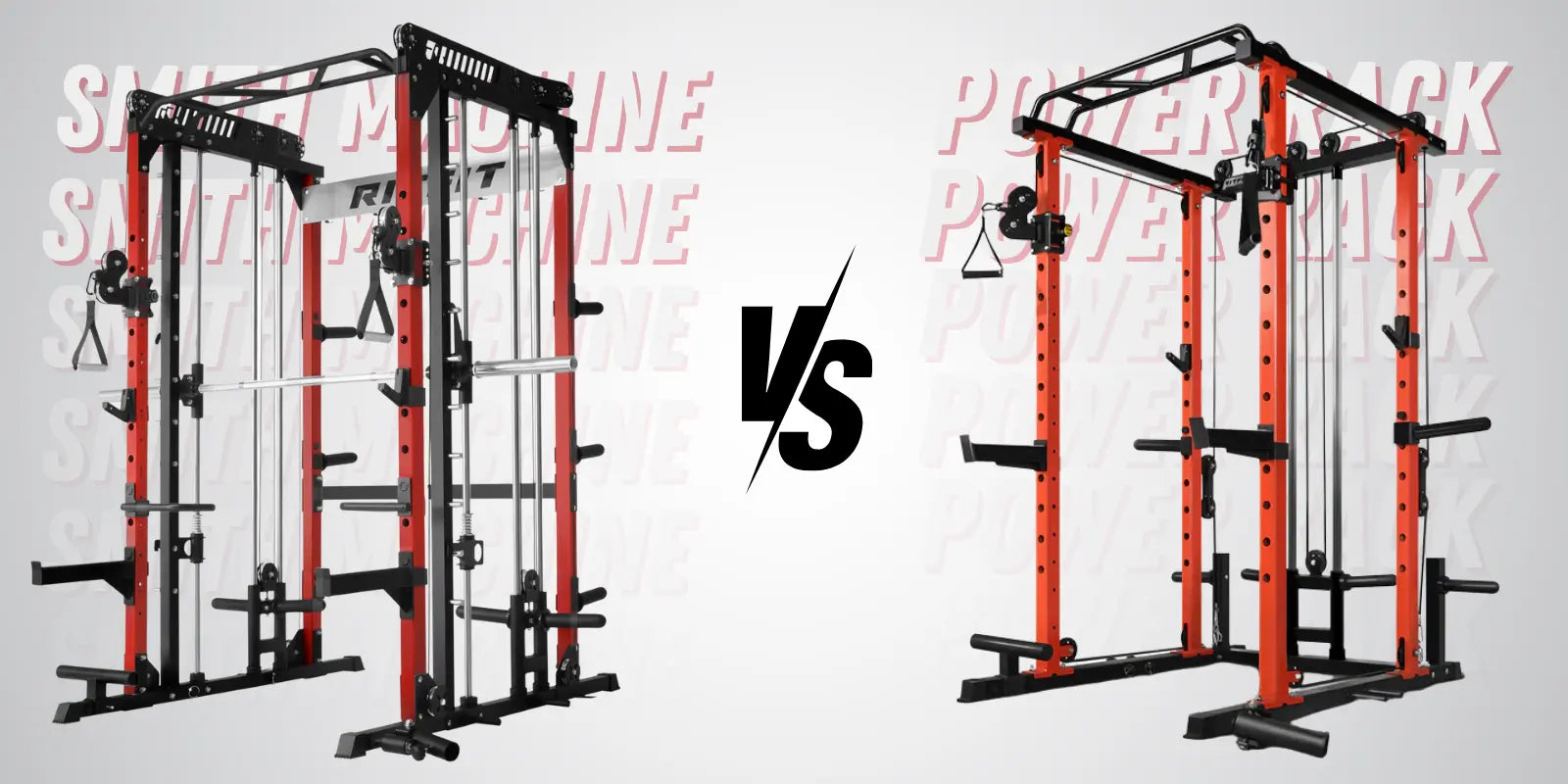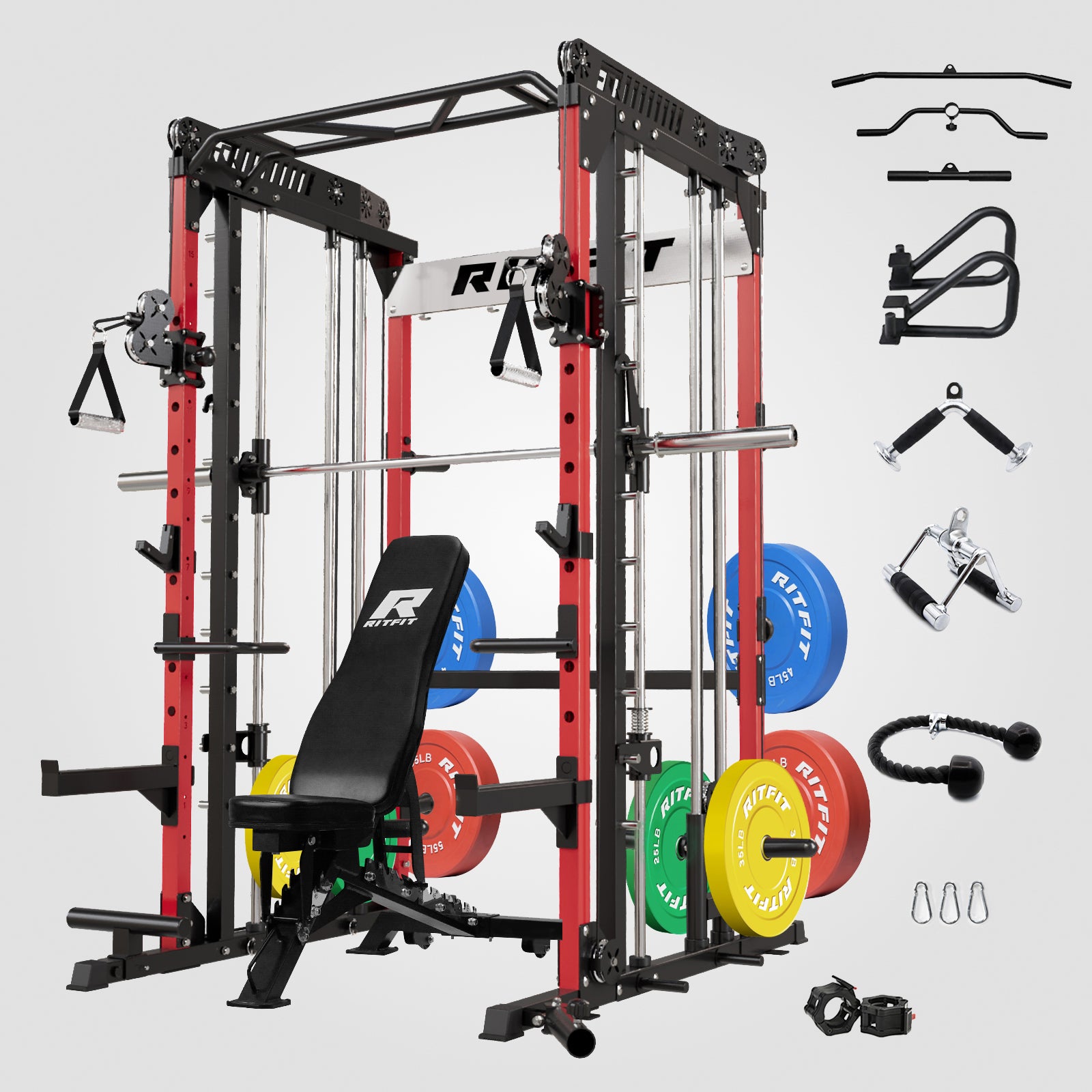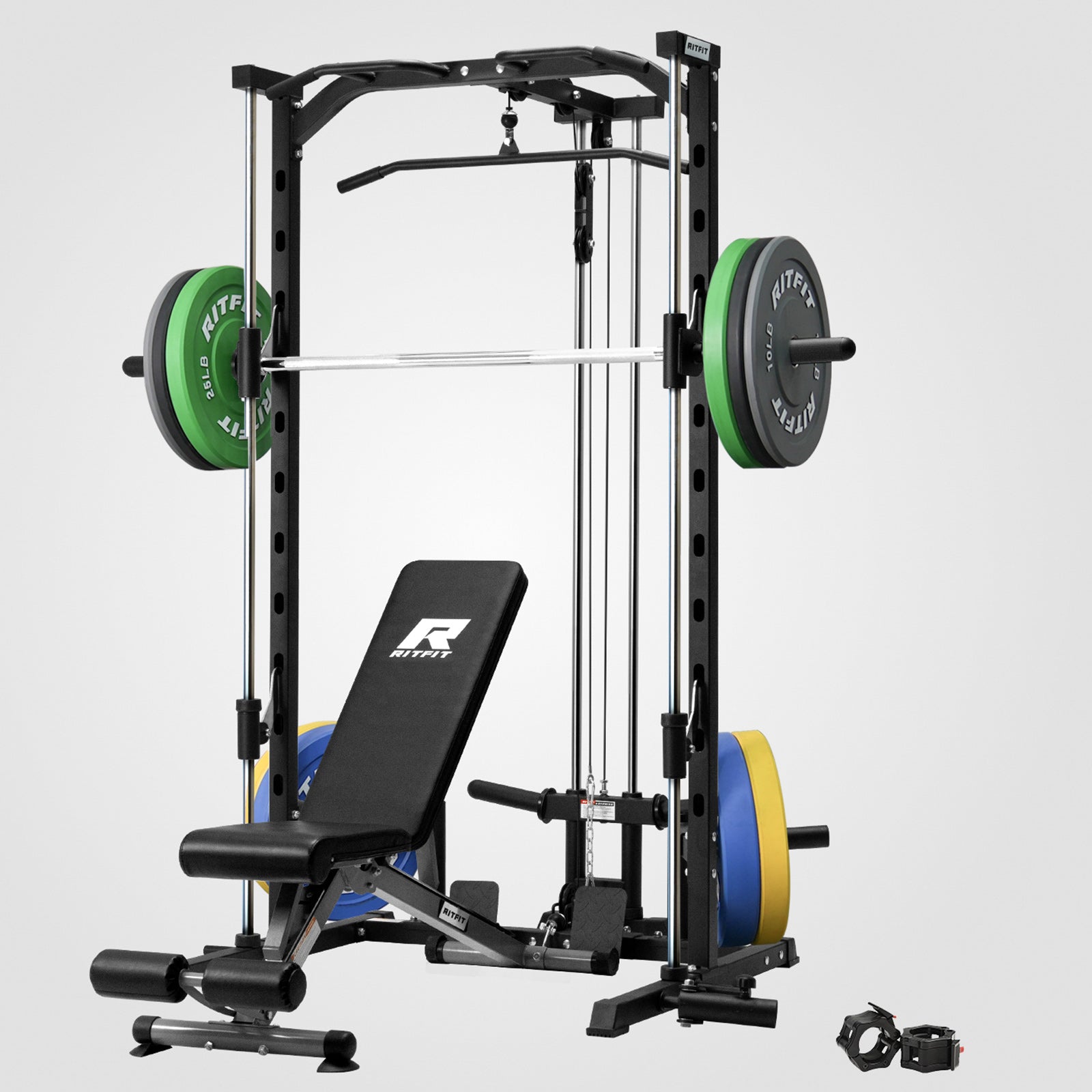Have you ever dreamt of your own home gym? Would the convenience of exercising in your own private space wipe out lingering laziness and make excuses for not exercising a thing of the past? Time saving and privacy are the main benefits of a home gym, said Pascal Bollmann, who runs personal training and gym design company Pascal Bollmann, in Freienbach, Switzerland. “Training doesn’t have to take half an hour or an hour. Sometimes you have 10 or 15 minutes. It can be early in the morning or when you put dinner in the steamer and do a short workout,” Bollmann said. “A lot of my clients are well known in business life and are often surrounded by a lot of people. They enjoy having privacy in order to relax.” But, will you really use it — if you buy it? That’s the age-old question usually answered with a resounding “no” by the many people who use their bedroom treadmill as a pricey coat rack. “Most people with home gyms start off gung-ho and fizzle out. In a good gym there’s camaraderie and you see other people making progress and that lifts you up. We are by nature competitive beings,” said Nick Mitchell, founder of Ultimate Performance training company which has gyms in Hong Kong, London, Marbella and Singapore. Set up for success Where and how you set up your home gym is key to how often you’ll exercise, said Dr Catherine Sabiston, of the North American Society for the Psychology of Sport and Physical Activity. “Most of the time gyms are relegated to the basement, which is usually the least inviting space in anyone’s house and the easiest place to forget it. The more natural light, the brighter your workout space is, the better,” she said. You might also consider a more radical solution. “In Switzerland the kitchen is now more integrated into the living area and the gym is going in the same direction,” suggested Bollmann. “You might be able to create a workout space in your main living area. Also, many people have a guest room. But how often do you have a guest overnight?” What to buy Space, budget and training goals will shape your equipment list, but the most crucial factor is often overlooked. “People often ask me what’s the best exercise they can do and the answer is the one that you’re actually going to do,” said Sabiston. Most likely it’s going to be the type of exercise you enjoy. “We’ve all seen machines in homes which end up as expensive coat hangers,” she said, so take advantage of free try-out sessions at gyms to become familiar with equipment before you take the plunge and buy. And, before shelling out, compare costs with the fee for joining a gym. The average monthly outlay in the United States is $58, according to research firm Statistic Brain. This translates to $696 per year, $2,088 over three years — not including the cost of travel, gym wear and incidentals such as locker rental. But, no matter how high your budget, don’t cover every square centimeter of the space you designate for a gym with equipment, said Bollmann. “The main principle is to keep flexibility because as you get fitter you may want to do different exercises.” Endurance machines, such as a rowing machine, stationary bike or treadmill, train the cardiovascular system, and cost anywhere from $800 for a good quality machine on the low end to upwards of $5,000 for a treadmill decked out with extras such as a cooler fan, HD console, MP3 player and heart rate display. Most people like to have one of these — but not multiple machines. Foldaway equipment is generally cheaper and has the advantage of saving space, but there is a downside. “Lightweight portable equipment has come a long way but it’s not quite as sturdy as stationary equipment,” warned Sabiston. “Ideally, buy the best you can afford, even if it’s foldaway.” Look for longer term or lifetime warranties which indicate better durability than a basic 90-day warranty. And make sure the running deck is long enough if you buy a treadmill. While 50 inches is sufficient for walking, runners need at least 55 inches — more if you’re tall or take particularly long strides. If your space or budget don’t allow for big pieces, a cheaper alternative to raise the heart rate and provide a whole body workout is a skipping rope and TRX bands, Bollmann said, which have the added benefit of fitting in a suitcase when you travel. TRX bands, which he recommends for their versatility, are suspension straps which harness gravity and your own bodyweight to allow you to do hundreds of different exercises. Budget around $190 for a TRX set, from $150 for a set of kettle bells and from $300 for a good quality endurance machine. One of Bollmann’s “must-haves” is a lower back bench. “Most people sit all day and a back bench is excellent for posture and for tightening the butt,” he said. This will set you back $160 or more. If you already own a road bicycle you could convert it into a stationary indoor cycle by buying a training stand, said Sabiston. This will cost you $75 or so. Mitchell suggests, for small spaces and small budgets, setting up with a bar bell set, power rack and adjustable bench. “With that you can use resistance training to train endurance and strength, to build muscle or to give you a cardiovascular workout,” he said. Winning strategies Even the best home gym becomes a boondoggle if it’s never used. “The biggest mistake people make with a home gym is because it’s so easy and it’s there they forget to schedule exercise into their day,” said Sabiston. “Schedule when and for how long you’ll work out and tell your family or roommates that this is your time to exercise.” You also need an “if-then” plan, she said. “There are always things that will come up so you need a strategy for how you’ll deal with them. For instance, if I’m injured then I’ll use the equipment to do my rehab exercises.” The workout needs planning too, said Mitchell. “You have to know what you want to achieve. You need a road map, a longer-term goal, and you break it down into short term goals. The secret to having a good work out is to always try to do a little bit more than you did previously.” What about when the novelty of having your own treadmill and weight set wears off? Be organised and plan ahead. Visual cues such as running shoes by the bed or posting up your exercise routine can help, advised Sabiston. If you're into gadgets, try wearable technology such as Fitbit or Jawbone wristbands for around $50 to $100, which can also spur you on by tracking progress, she said. “The key is to make sure you can continuously challenge yourself. As soon as it becomes monotonous and boring you’ll lose interest,” Sabiston advised. Change the intensity, the number of reps, type of equipment, use your own body instead of always relying on equipment.” And, if you backslide, don’t beat yourself up. “Guilt isn’t a reason to start exercising again,” said Sabiston. “Look on it simply as a cue for reappraising what you’re doing. Reframe the way you talk to yourself. If you can change the thoughts around your behaviour from negative to more motivating ones that will help you achieve your goals in the long term.”











